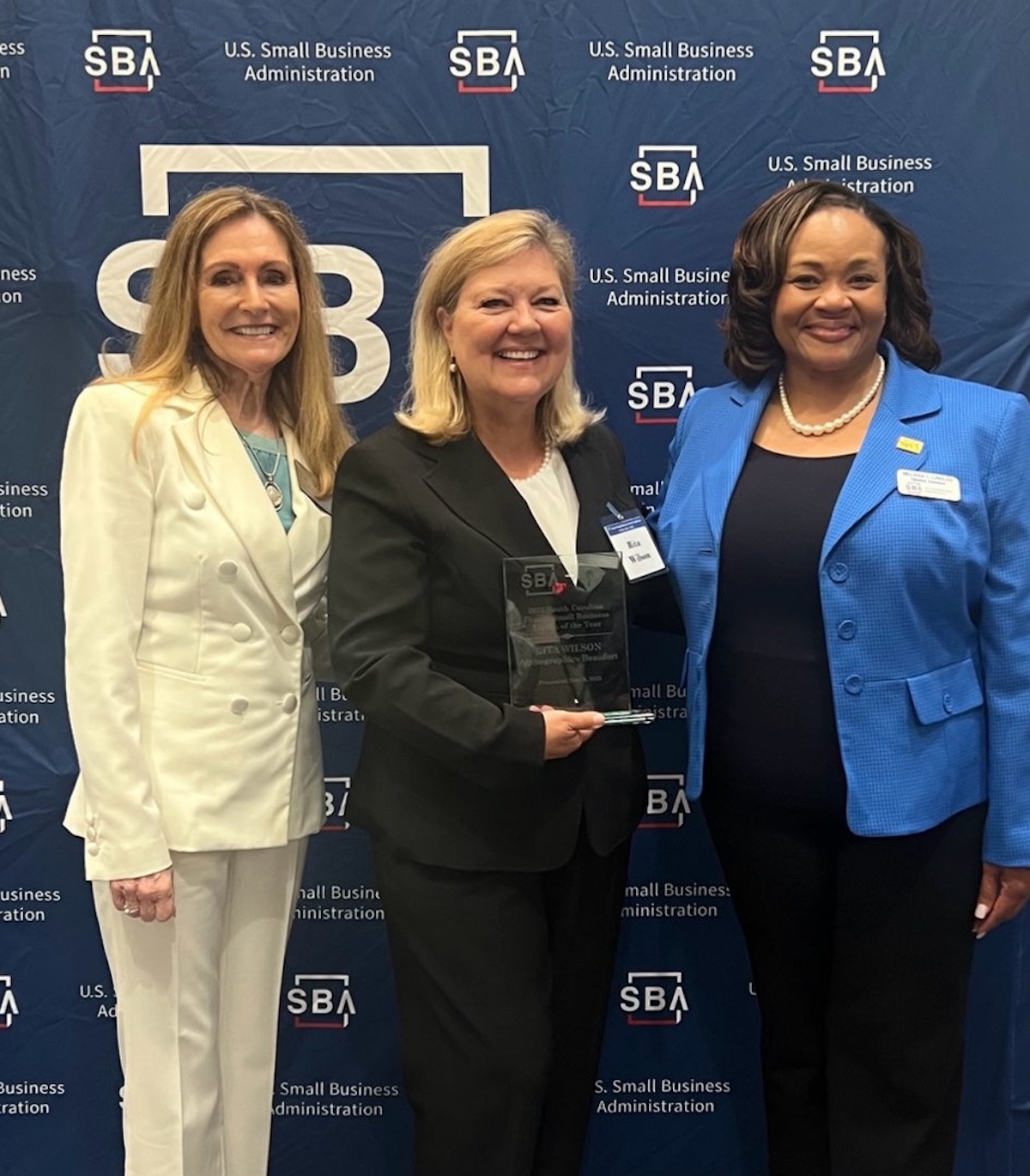By Fred Gaskin
Whether you’re planning for retirement, approaching retirement, or already in retirement, two very important questions arise for almost every investor. First, investors ask “how much do I need to save?” and their second question is usually “based on my savings, how much should I expect to be able to spend?”
As an advisor, one of my most important functions is to work with investors to set expectations – whether they are around expected returns, their lifestyle in retirement, or the realities of their financial situation. In framing an investor’s practical retirement income expectations, one of the most impactful conversations I have is about something the industry has long called the “four percent rule.”
How the four percent rule works
The idea behind the four percent rule is straightforward: withdraw four percent of your nest egg the first year of your retirement, then increase that amount each year by enough to account for inflation. This way, your money will likely last for at least 30 years (assuming you stay invested half in stocks and half in bonds).
Although investors and financial planners have used the four percent rule for decades, there’s talk that it may be outdated. With bond yields at historically low levels and equity returns uncertain, some retirement experts now believe that the four percent withdrawal rate is too high and could cause investors to run out of money during their retirement.
Instead, they say, investors should spend less to boost their chances of having enough to see them through their golden years.
However, like many things, whether or not the four percent rule still makes good financial sense depends largely on your viewpoint and financial goals.
Flexibility is key
Rather than adhere rigidly to a four percent withdrawal rate, consider using the rule as a starting point while also staying flexible by taking advantage of new developments as conditions change. Here are three dynamic ways to manage your spending in retirement:
Develop a retirement plan and update it regularly. Online retirement calculators can help you determine a sustainable portfolio withdrawal rate based on your specific situation. Likewise, a professionally created retirement plan can give you an even more detailed analysis. But whether you do the math yourself or work with a pro, review the numbers regularly to ensure you remain on track.
Adjust your withdrawals based on the market’s performance or your own personal changes. A static withdrawal rate doesn’t factor in the market’s inevitable ups and downs, or changes that may occur in your health and lifestyle that demand flexible cash flow management. Therefore, you might withdraw a bit less when financial asset prices are down and increase your withdrawals when the markets are on a roll. Or you might skip making inflation adjustments to your withdrawal rate during those years when your portfolio experiences losses. These types of moves may mean your budget fluctuates each year, but they’ll also help increase the probability that your savings will last throughout your lifetime.
Consider an annuity. Annuities are not for everyone — they can be complex and costly — but annuity contracts are one of the only types of financial vehicles that can ensure you have guaranteed income for life. With an ongoing stream of payments coming to you, you can feel more comfortable that you’ll have the income needed to cover essential expenses in retirement — even if you outlive your investment portfolio.
Each investor is different, and one size doesn’t fit all, which is why it’s so important to understand there are a number of ways to set retirement income expectations. Recognizing that your situation may change in retirement, as will the investment environment (for better or worse), and remaining flexible is not only smart, but necessary.
If you would like help thinking through your income questions, you can visit a Charles Schwab branch and talk to a financial advisor.
Fred Gaskin is the branch leader at the Charles Schwab Independent Branch in Bluffton. He has more than 35 years of experience helping clients achieve their financial goals. Some content provided here has been compiled from previously published articles authored by various parties at Schwab.








